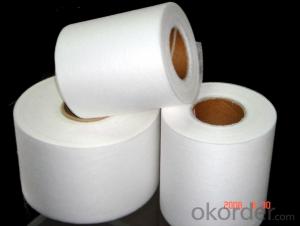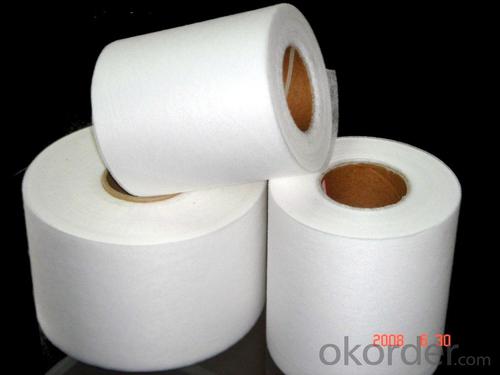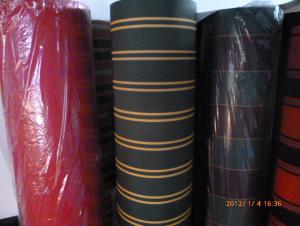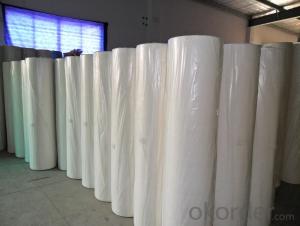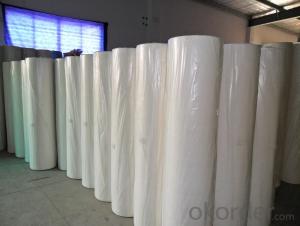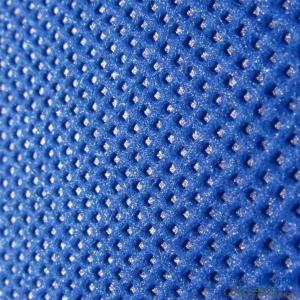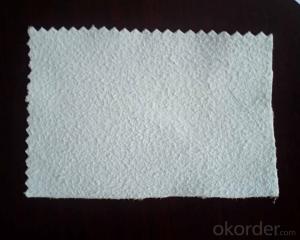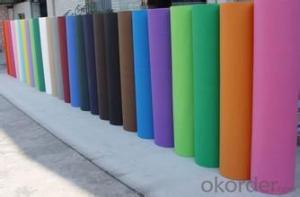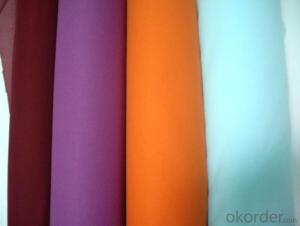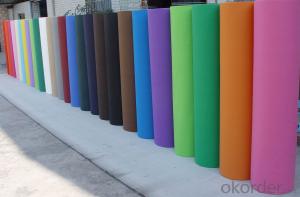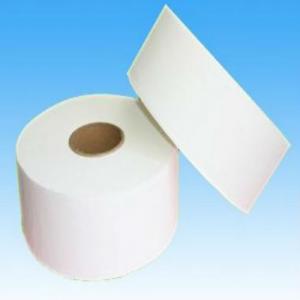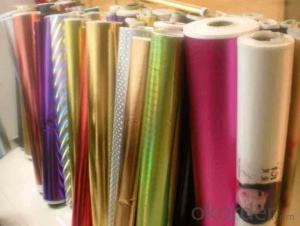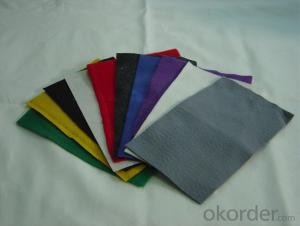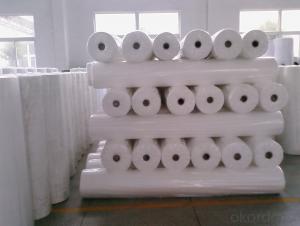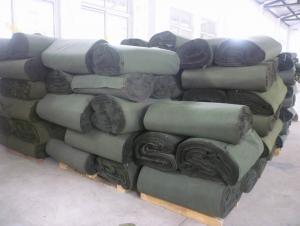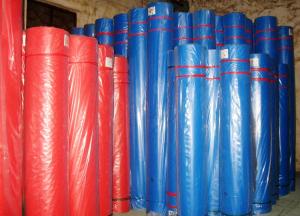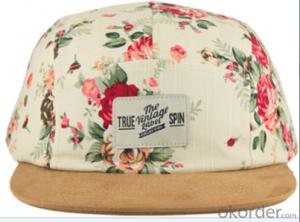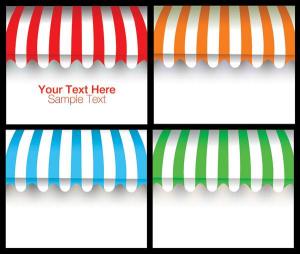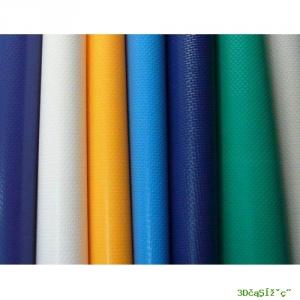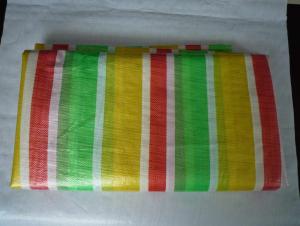40-150gsm PP spunbond non woven fabric for upholstery
- Loading Port:
- Shanghai
- Payment Terms:
- TT OR LC
- Min Order Qty:
- 1000 kg
- Supply Capability:
- 10000 kg/month
OKorder Service Pledge
OKorder Financial Service
You Might Also Like

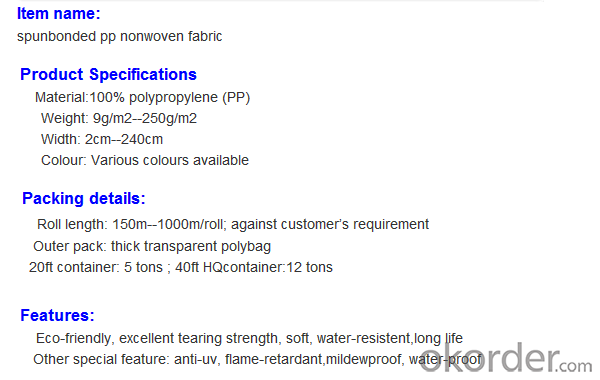
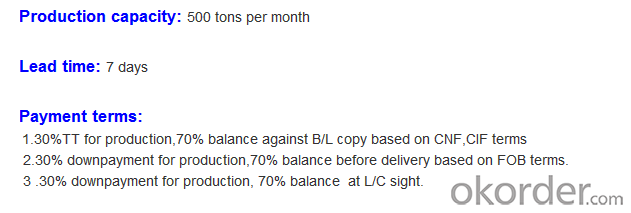
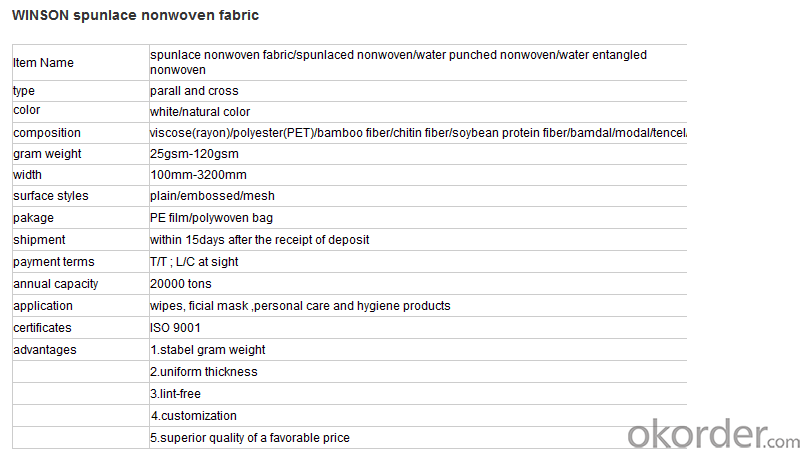
We are recognized as a reliable Manufacturer, Exporter and Supplier of Non Woven Fabric. We can provide Non Woven Fabric in any gram/m2 and any colour required by customer. Non Woven Fabrics are broadly defined as sheet or web structures bonded together by entangling fiber or filaments (and by perforating films) mechanically, thermally or chemically. PP Spun bonded Non woven Fabrics are produced using a precise extrusion-based technology. The polymer is stretched into a continuous filament and loosely spread onto a conveyor belt to form the web. Air is used to form and lay the fabric filaments. On the other hand, some non woven fabrics can be recycled after use, given the proper treatment and facilities.
Product Specifications
Weight: 10 - 150 gsm
Width: Max 1600 mm (can be slit)
Fabric Roll Length: As per buyer’s need ( 200 - 1200 Mtr)
Color: various colors available.
Procedure of production: Spun bonded Non Woven, Diamond design
Material: polypropylene
Minimum Order: 1000 Kg
Sample: sample free, freight collect
Product Application
Non woven fabric manufacturers usually manufacture the fabric in a roll form. It is then sent to various other industries where it has end applications, where is it cut and given different form depending upon the use. They can also be used in combination with different materials and offer a wide range of products.
Colored Non woven fabrics are use in many sectors and variety of applications, such as Health, Hygiene, Medical, Packaging, Agriculture, Furniture Upholstery, Geo Textiles, Leather Industry, Shoes and Garments. Customers come from the textile and automotive industries as well as many other sectors.
- Q: What are the test tests for the color fastness of textiles?
- 1, washable color fastness 2, friction color fastness (dry, wet) 3, water fastness
- Q: Textile printing and dyeing process which
- Although dyeing can be done through a rolling mill, but also the most difficult process, because the color control of dyeing in addition to the known, there are many uncertainties, such as the stability of the dye at different temperatures, steam control , Rolling pressure control, etc., are very fine live ..
- Q: What are the problems with the transformation and upgrading of the processing trade of textile enterprises?
- I think this is clearly the focus of the "revitalization plan". It is worth noting that the "revitalization plan" has made clear the "textile industry is the traditional pillar industry of China's national economy and an important livelihood of the industry, but also the international competitive advantage of the industry
- Q: What is the number of raw materials for textile enterprises?
- Cost calculation According to the comprehensive cost of the slurry, and then by the sizing rate to plan the need to consume the total amount of slurry to determine the cost of another sizing energy consumption is also a great cost.
- Q: Is the textile processing and sales tax rate the same?
- Tax rate = tax paid / sales income * 100%. The regional and industry tax rate is different, but in accordance with this standard to
- Q: China is now optimistic about which one of the textile industry
- Special decorative textiles industry multi-functional high-level tent materials, automotive lightweight cover and interior materials, membrane structure materials and other special decorative textiles processing technology and industrial applications.
- Q: What are the classification of the textile?
- There are chemical processes exist in each process, but there are most chemical processing to the number of chemical fiber industry and dyeing and finishing industry.
- Q: How does the chemical composition of the textile be analyzed?
- PH value, formaldehyde content, lead content, azo dye test, heavy metal content test, water absorption, moisture content, odor, cotton mercerizing effect, hot pressing, dry heat, storage sublimation, acid spots, Spots, phenolic yellowing and so on.
- Q: What is the earliest textile raw material?
- Chinese ancient textile, the use of hemp, silk, wool, cotton fiber as raw material, spinning (spinning sand, performance, reeling) processed into yarn after weaving (woven) and woven fabric, usually called textile
- Q: Classification of cotton textiles
- Decorative textiles in the variety structure, weave pattern and color, and other aspects than other textiles to have a prominent feature, it can be said to be a craft art. Can be divided into indoor supplies, bedding and outdoor products, including home cloth and restaurant bath room supplies
Send your message to us
40-150gsm PP spunbond non woven fabric for upholstery
- Loading Port:
- Shanghai
- Payment Terms:
- TT OR LC
- Min Order Qty:
- 1000 kg
- Supply Capability:
- 10000 kg/month
OKorder Service Pledge
OKorder Financial Service
Similar products
Hot products
Hot Searches
Related keywords
